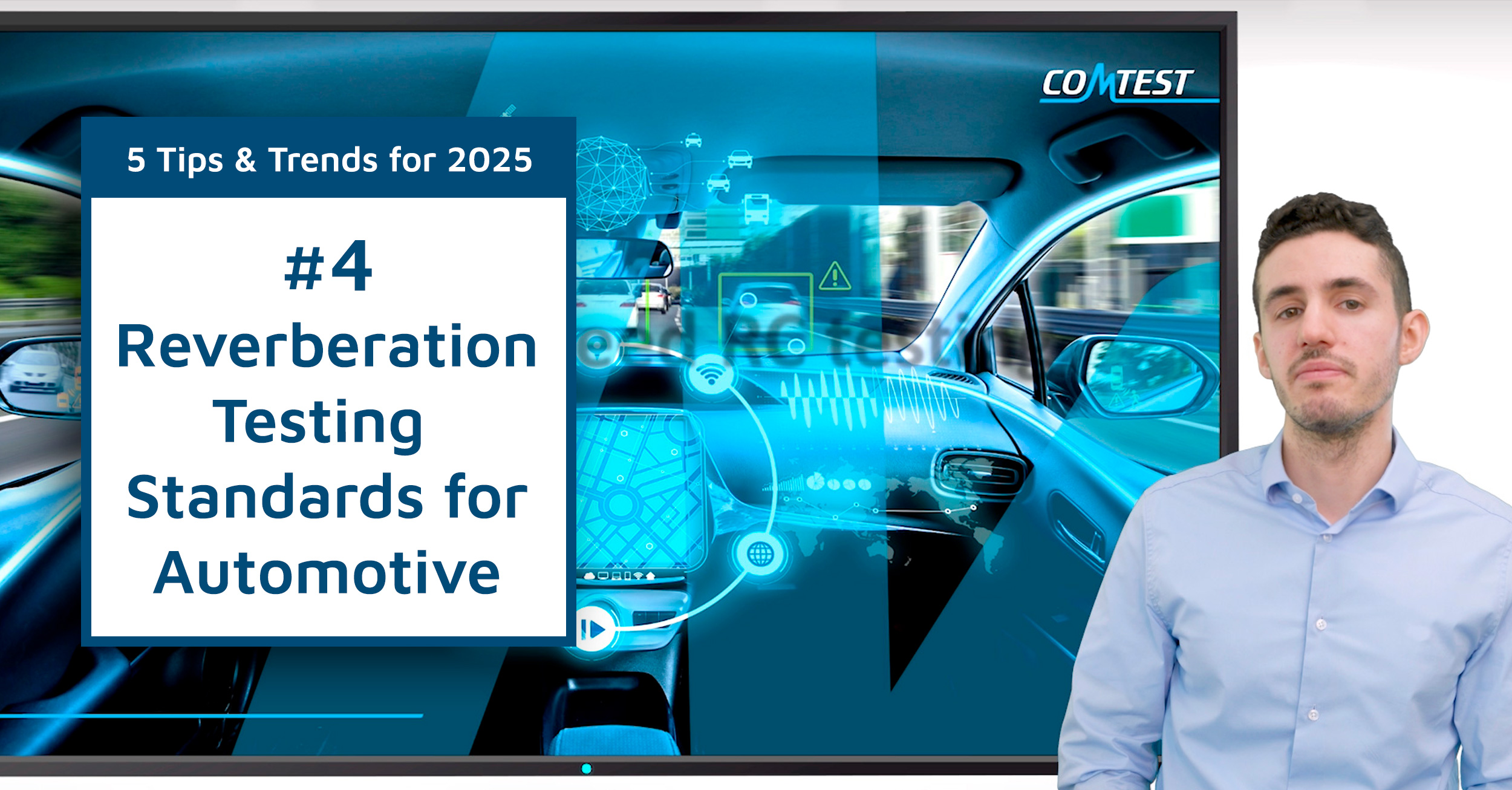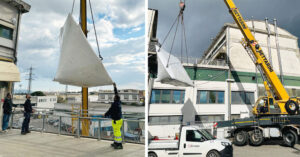
Our 40-year history:
table tennis
Why is Comtest Engineering founder Hein de Groot holding a table tennis bat in this 1988 photo? This year, we are celebrating our 40th anniversary, and every five weeks, we share a bit of Comtest’s history.



Ford and Hyundai plan to accept and include EMS testing in reverberation chambers in their EMC standards. What will this mean for their suppliers? In a series of five posts, our specialists share trends and developments for 2025. This week, Research & Development Engineer Dimitrios Barakos will discuss upcoming changes in reverberation testing for the automotive industry.
Automotive manufacturers are increasingly incorporating reverberation chamber testing into their electromagnetic compatibility (EMC) standards to enhance the robustness of their vehicles and components. This shift often extends to their supply chains, requiring suppliers to adopt similar testing methodologies. While specific timelines vary by manufacturer, Ford plans to implement such testing standards by 2027 and Hyundai by 2026.
As of 2024, the specific LUF requirements for automotive EMC testing in regions such as the US, Europe, and Korea are not consistently defined and can differ based on the standards adopted by manufacturers and regulatory bodies. However, there is a noticeable trend towards accommodating lower frequencies to ensure thorough EMC testing, with some chambers designed to operate effectively down to 80 MHz.
By 2025, it is anticipated that more automotive manufacturers and their suppliers will adopt reverberation chamber testing with LUF capabilities tailored to their specific regional and operational requirements. This progression aims to enhance the electromagnetic compatibility and overall reliability of automotive electronic components across diverse markets.
Please watch our video on this subject from a year ago, and let us know what you think. The link to our YouTube channel is in the comments.